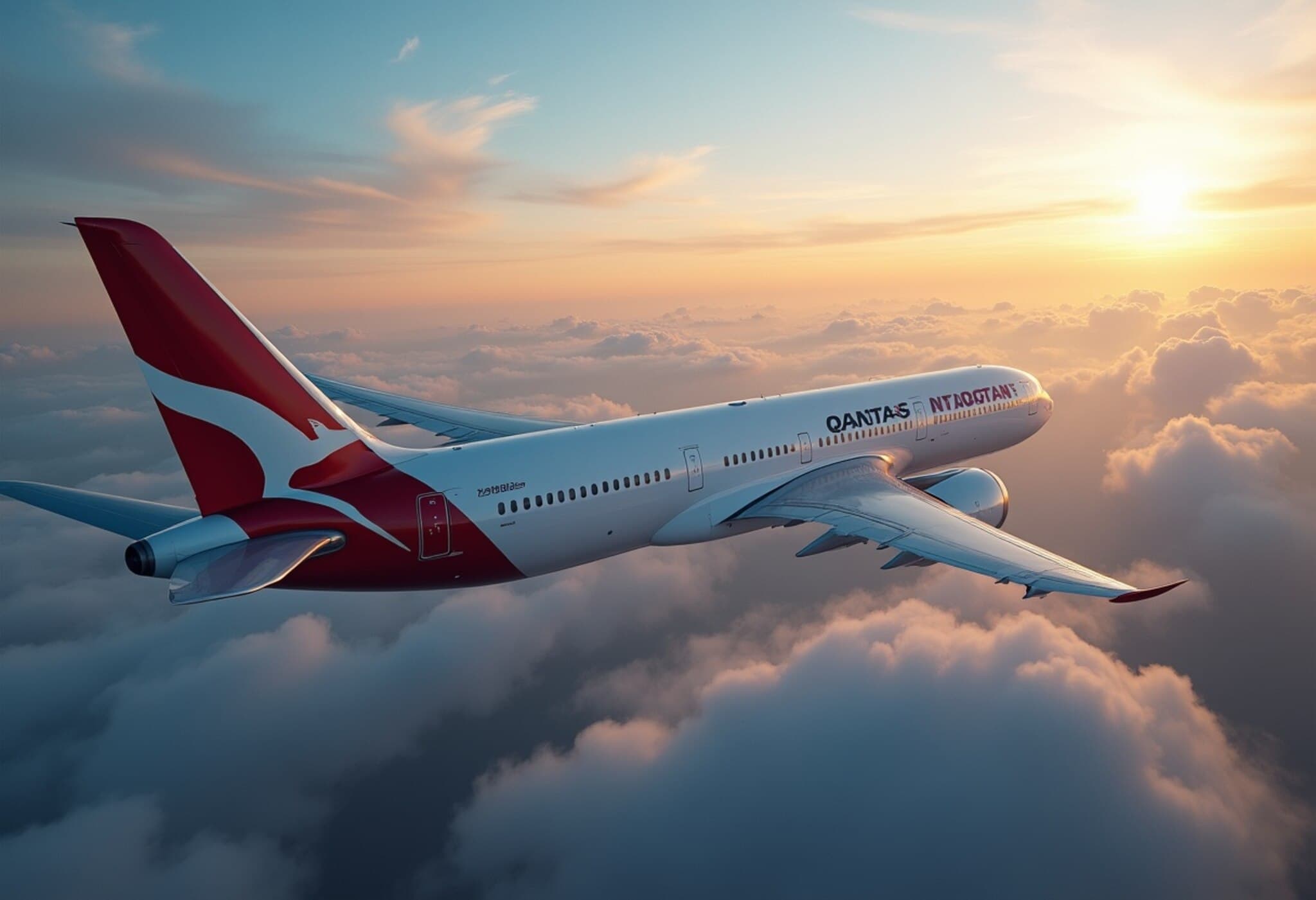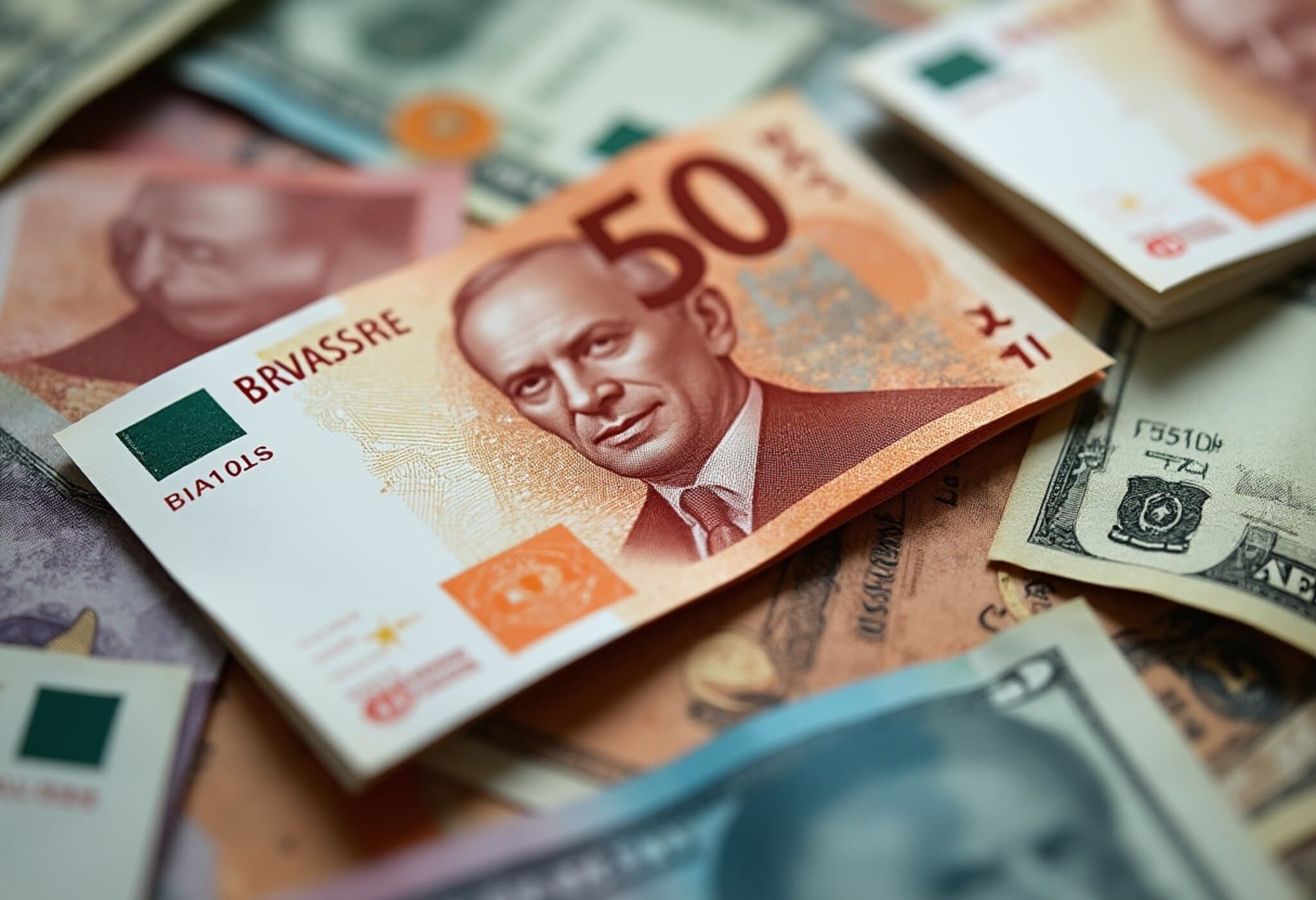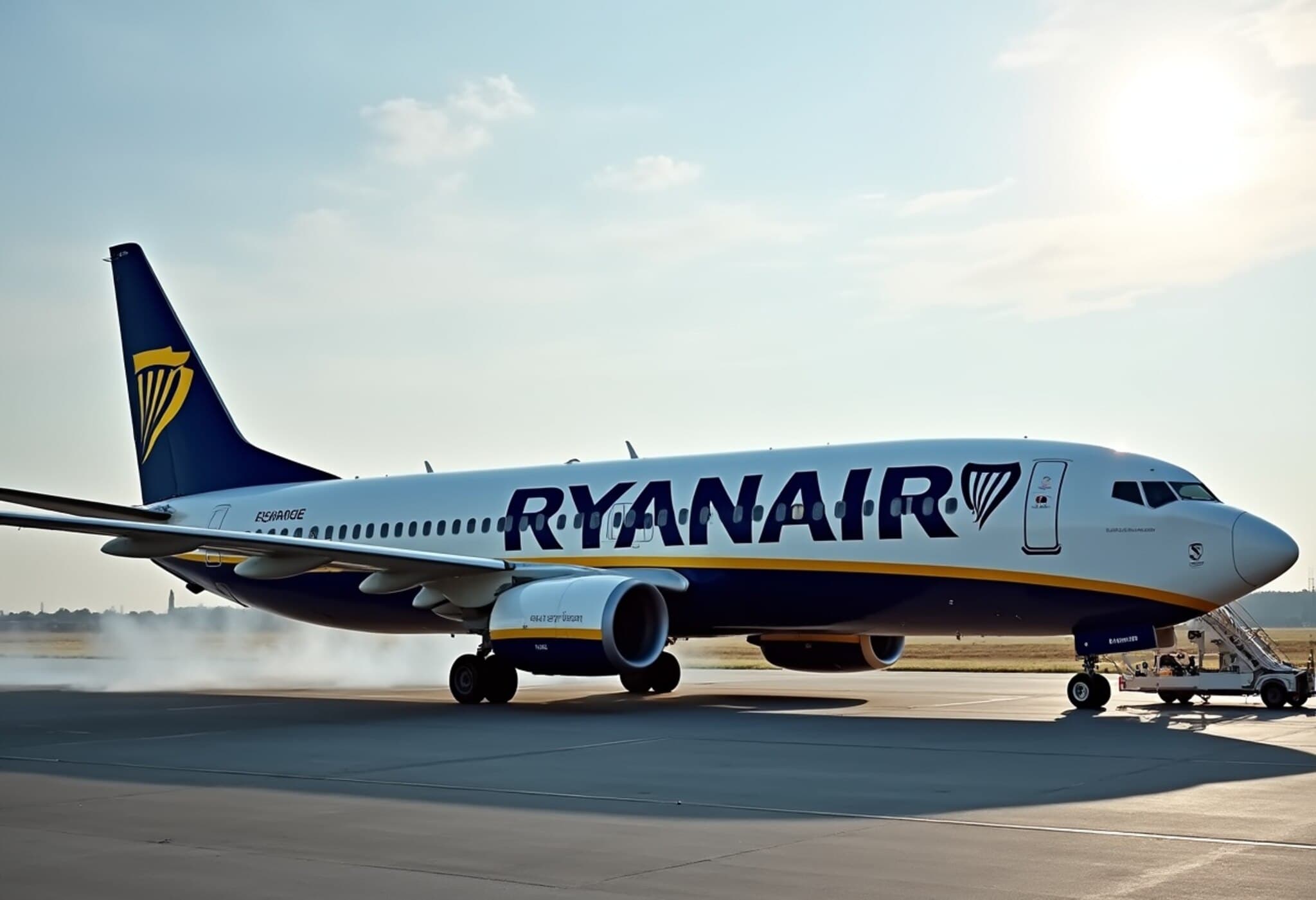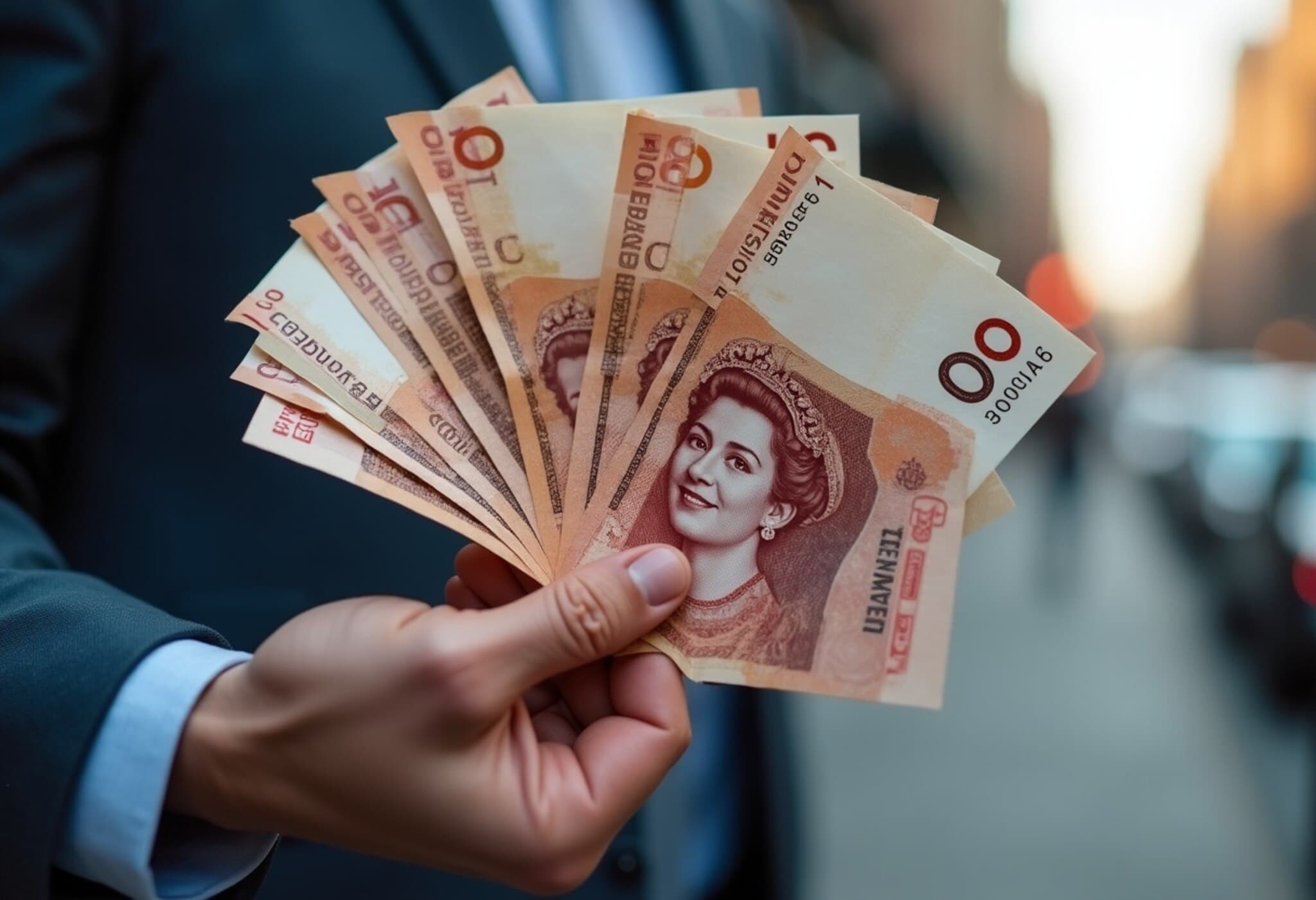Affordable Flights but Pricier Stays: The Paradox of Summer Travel in Europe
This summer, American travelers are greeted with an unexpected twist: it’s cheaper to book flights to Europe, yet once they arrive, the cost of everything from meals to hotels is noticeably higher. The allure of lower airfare prices offers relief at the departure gate, but the weakness of the U.S. dollar against European currencies bites as soon as travelers pass customs.
Flight Prices Drop Amid Economic Turbulence
Thanks to market shifts and easing post-pandemic travel demand, airfare to major European cities like London and Rome has decreased by approximately 10% compared to last year, according to data from Hopper. Tickets to Asia also saw a notable drop of 13%, restoring prices closer to pre-pandemic norms. Booking platforms like Going.com have reported record-low deals on flights to Sydney, Rio de Janeiro, and Dublin for fall departures, fueling optimism for budget-conscious travelers.
Exchange Rates Undermine Vacation Budgets
Unfortunately, the good news with flight costs doesn’t fully extend to daily expenses abroad. The U.S. dollar has weakened relative to key European currencies—the euro and the British pound. Where €1 bought about $1.10 a year ago, it now commands roughly $0.85, representing a considerable decrease in dollar buying power. For the pound, £1 now equates to around $0.73 compared to higher levels in early 2024.
- A London theatre ticket that cost approximately $135 in June can now set travelers back $137 or more.
- Hotel stays, such as a three-night booking in Barcelona, have increased from around $965 last month to over $1,000 today.
Consumers feel this pinch keenly, especially in high-cost destinations where everyday expenses add up quickly.
Economic and Geopolitical Concerns Drive Travel Decisions More Than Currency
Interestingly, experts emphasize that concerns about broader economic outlooks and geopolitical stability weigh more heavily on consumers’ decisions to travel internationally than exchange rates alone. Greg McBride, Chief Financial Analyst at Bankrate, notes: “If you’re going to cancel an international trip, it’s not going to be because of the dollar. It’s going to be due to worries about job security, geopolitical instability, or financial resources.”
Despite fluctuating currencies, Tourism Economics reports an 8.6% increase in spending by U.S. residents abroad during the first four months of 2025 compared to the previous year, signaling persistent demand for international travel.
The Varied Impact of Cost and Confidence on Travelers
Market research shows a nuanced portrait of American travelers:
- A significant share — 31% — state that economic and financial pressures are dampening their desire to travel for leisure in the near term.
- Meanwhile, 47% of Americans still intend to take an international trip within the next 12 months.
- However, around 35% express hesitancy due to uncertainties surrounding U.S. policy and global relations.
Millennials are increasingly driving demand for international destinations, including parts of South America, the Caribbean, and Northern Europe — bucking the trend of cost aversion seen in other demographics.
High-End Travel Endures With Strategic Adjustments
Affluent travelers continue pursuing “bucket-list” adventures, albeit with more strategic spending. Mandee Migliaccio, CEO of Stepping Out Travel Services, highlights an ongoing trend: “Clients remain eager for once-in-a-lifetime experiences but are more conscious of costs, seeking ways to optimize their itineraries without sacrificing value.” Many are curating their trips with cost-efficiency in mind—opting to trim flights or streamline stops rather than cancel outright.
Looking Ahead: What This Means for U.S. Travelers and the Industry
This dynamic of lower upfront travel costs paired with higher in-destination spending raises important questions for travelers and policymakers alike. How will continued currency volatility influence tourism flows? Can travel companies adapt pricing and offerings to maintain demand without compromising quality? And what strategies can Americans employ to maximize the value of their international trips amid economic uncertainty?
Ultimately, while the dollar’s relative weakness presents challenges, it hasn’t diminished the allure or appetite for global exploration — especially among those willing to plan carefully and spend wisely.
Editor’s Note
This summer’s travel landscape showcases the complex interplay between economics, consumer psychology, and global events shaping tourism in 2025. While affordable flights open the gateway to Europe and beyond, fluctuating exchange rates and economic anxieties remind us that travel decisions reflect more than just price tags. For American travelers weighing the costs and benefits, adaptability and informed planning are key. As the world economy evolves, keeping a close eye on currency trends and geopolitical developments will be essential for anyone dreaming of a truly immersive international experience.













